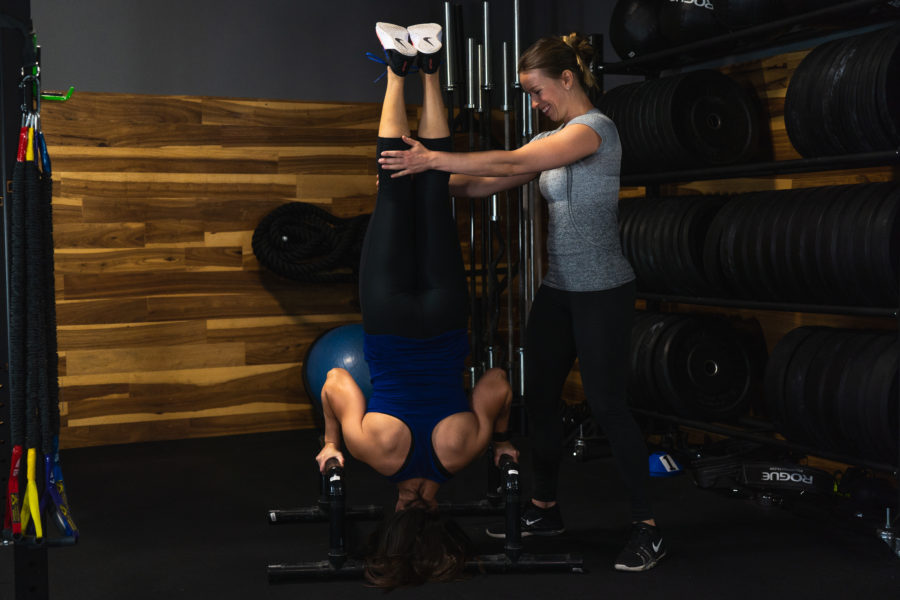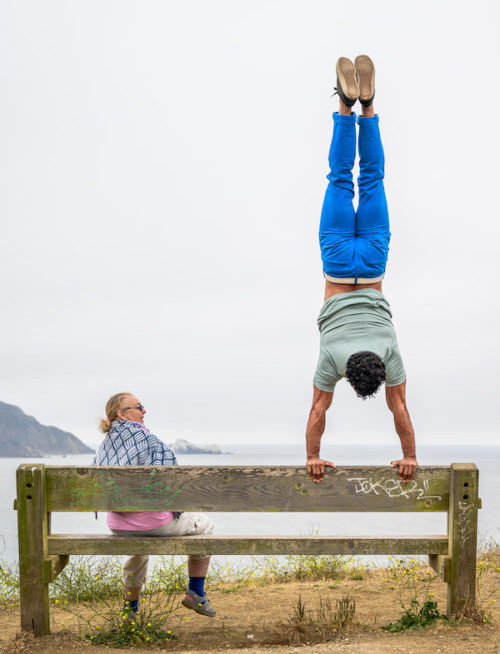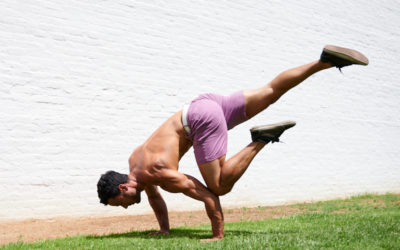A quality coach athlete relationship facilitates learning from two sides. From one direction the coach teaches the athlete directly, on the other end the athlete assimilates this information into their own framework. The process layers on itself to gradually build progress on top of previous lessons and assimilations.
When the coach is teaching the athlete with verbal explanations, demonstrations, and immediate coaching cues, this is explicit learning. Meaning there are specific bits of information being given to the learner from the outside. An example of this is teaching the basic air squat: Place your feet a little wider than your hips, turn your toes out 15-30 degree, push your hips back while you bend your knees until your butt is lower than your hips, keep your heels on the ground, keep your chest up, stand. Even if you had no idea what a squat looked like you can follow these steps and execute something similar to a squat. The information is provided to you from the outside and you can follow the instructions without having to do any but the most basic of interpretations.
When the athlete squats down following these instructions and wobbles, but then catches themselves to maintain their balance, this is an active assimilation of feedback from their own execution. This learning is what is referred to as implicit, because it comes from the inside and the athlete doesn’t need someone to explain it to them.
It is common for coaches, who are excited about teaching their vast wealth of knowledge, to over coach. Basically this means explaining every last detail of movement and giving coaching cues after every single rep. This action, by a well-meaning coach, actually impedes the learning process. The athlete will come to rely on the coaches feedback as opposed to generating their own interpretation of what is happening.
Another great example of too much explicit coaching is with aerobic training. If I, as a coach, always plan specific paces for an athlete and never allow them to self-pace, I may significantly hold an athlete back from gaining awareness of what it feels like as they approach their capacity. At race time, with adrenaline pumping, they could be unlikely to recognize a too-fast pace and bonk mid-race. Therefore in training a good coach should give enough information for the athlete to fill in the rest themselves. More information should only be provided supplementary as necessitated by the results of the training session.
An example of a track workout that facilitates implicit learning could be 400m x 10; rest 1:1. Run each 400m as fast as possible without dropping more than 3s off your first lap. If you drop more than 3s at any point before 10, the training session is over. This would give the athlete the reps and sets and rest, but allow them to interpret the pace. If they finish all 10 and aren’t tired, then both the coach and athlete have learned they can increase the pace or number of reps. If they fail after 3 reps, then the athlete has learned they have no clue how to pace and need to slow way down to get more practice.
On the other side of the spectrum many self-taught athletes will often attempt to learn everything implicitly. The issue here is that without constructive feedback on the initial stages of learning bad habits will become permanent patterns in an athletes movement. Since you don’t know what you don’t know, you won’t be able to make the minor corrections necessary to continue to make improvements over the long term.
It is therefore essential that both the coach and athlete/client recognize the interplay between explicit and implicit learning. A coach should have a well planned method of teaching that combines lessons and instruction with time for the athlete to put these lessons into practice independently. If the lesson is ineffective it can be repeated or adapted, or if it is very quickly assimilated, the process can be advanced to keep up with a fast learner.
Often times an apt student will learn very quickly and the physical training must be slowed to allow to for physical adaptation despite advanced comprehension. This can be frustrating for athletes, both old and young, so it is essential a coach remain communicative about the many factors that go into the physical and mental progression of the program to ensure the athletes continued buy in and trust.
As a coach, trust your athlete to execute. Step back and allow them the opportunity to fail and use these small failures as opportunities to build on the existing training. As an athlete, pay careful attention to all lessons so that when you train you are most prepared to understand the experiences you encounter in each session. The more focus you place in each training day, the more the lessons will make sense and the faster your skills and strength will advance.







